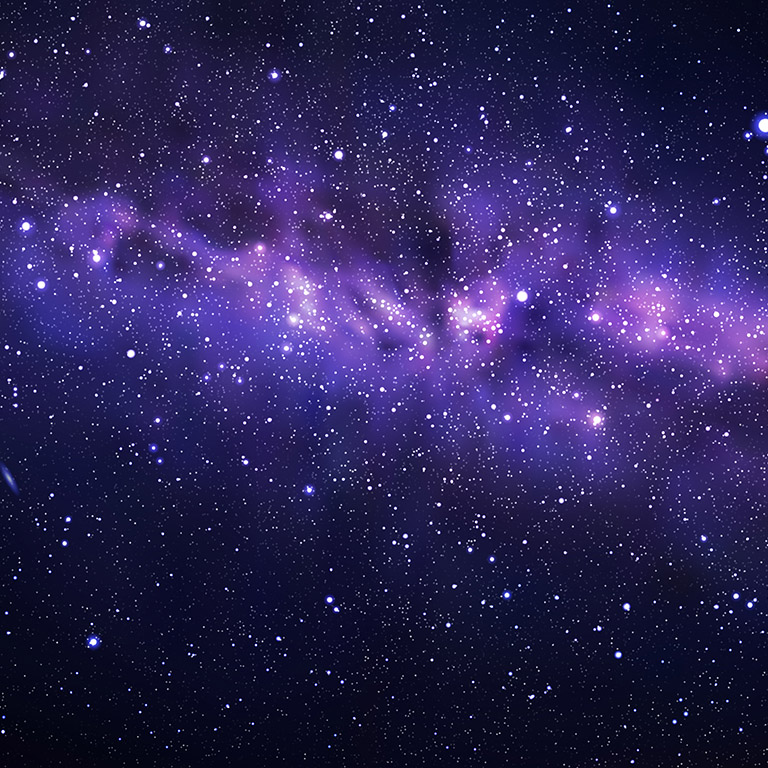Enjoying the Summer Sky
Warm July evenings are a wonderful time to enjoy the night sky. Mars hangs in the western sky in the evening, moving lower toward the horizon at sunset as the month progresses. Saturn rises in the eastern sky late in the evening, while Venus rises in the east before dawn. Jupiter follows along, rising slightly earlier each morning, drawing closer to Venus. For most of July, Mercury will be too low in the west in the evening sky to see.
On July 3, Earth will reach its furthest distance from the sun, some 94.5 million miles, moving slowly closer day by day after July third.
The evening of new moon on July 24 is a great time to view the Milky Way. After dark, see the arc of our home galaxy, running from Cassiopeia in the north, across Cygnus in the east, and down through Sagittarius in south.
Faint Pluto will be at opposition on July 24, opposite the Sun in the sky. While it’s too dim to spot, it’s nice to think of it out there lined up with Earth and Sun.
The Delta Aquarids meteor shower will peak on the night of July 29/30. With a dark sky after the crescent moon sets early in the evening, you may see up to 20 meteors per hour. As always, find a location away from artificial lighting and a comfortable chair to sit back to enjoy the show. Viewing should be best after midnight. Meteor tails will point back to Aquarius, but can appear anywhere in the sky.
For those with binoculars, July is a great season for globular clusters. Messier 13, a fuzzy ball of light in Hercules, and Messier 22 in Sagittarius are both perennial favorites. A quick search on the Internet will help you find them on the sky. Enjoy!


 The College of Arts
The College of Arts